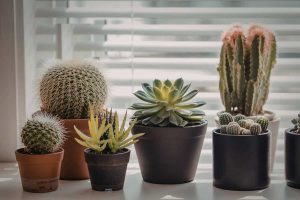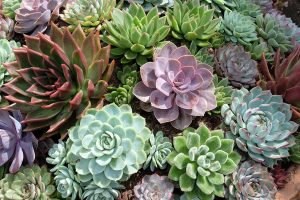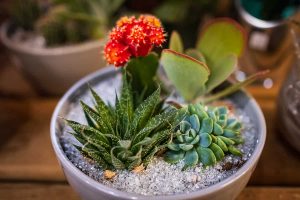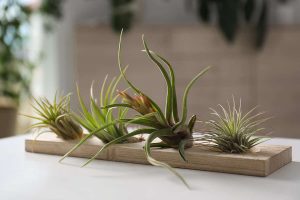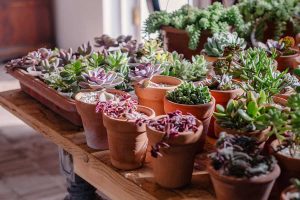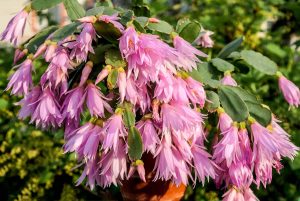You’re eager to add some green to your indoor space but worry about the time and effort required.
Enter the Haworthia plant, a perfect blend of beauty and ease. With its striking, succulent leaves and minimal maintenance needs, Haworthia is a fantastic choice for both novice and experienced plant lovers.
In this guide, you’ll discover tips on how to grow and care for these resilient plants, tailored to your needs for simplicity and style.
| Common Name | Haworthia |
| Botanical Name | Haworthia spp. |
| Family | Asphodelaceae |
| History & Origin | Native to Southern Africa |
| Plant Type | Succulent |
| Mature Size | 3-5 inches tall, 4-6 inches wide |
| Sun Exposure | Bright, indirect light |
| Soil Type | Well-draining, cactus or succulent mix |
| Soil pH | 6.6-7.5 |
| Temperature | 60-80°F |
| Watering | Water every 2-3 weeks, allow soil to dry |
| Fertilizing | Light feeding during growing season, diluted fertilizer |
| Bloom Time | Spring to summer |
| Flower Color | White, pink |
| Hardiness Zone | 9-11 USDA |
| Toxicity | Non-toxic to pets and humans |
| Common Problems | Overwatering, root rot, pests like mealybugs |
Table of Contents
Light
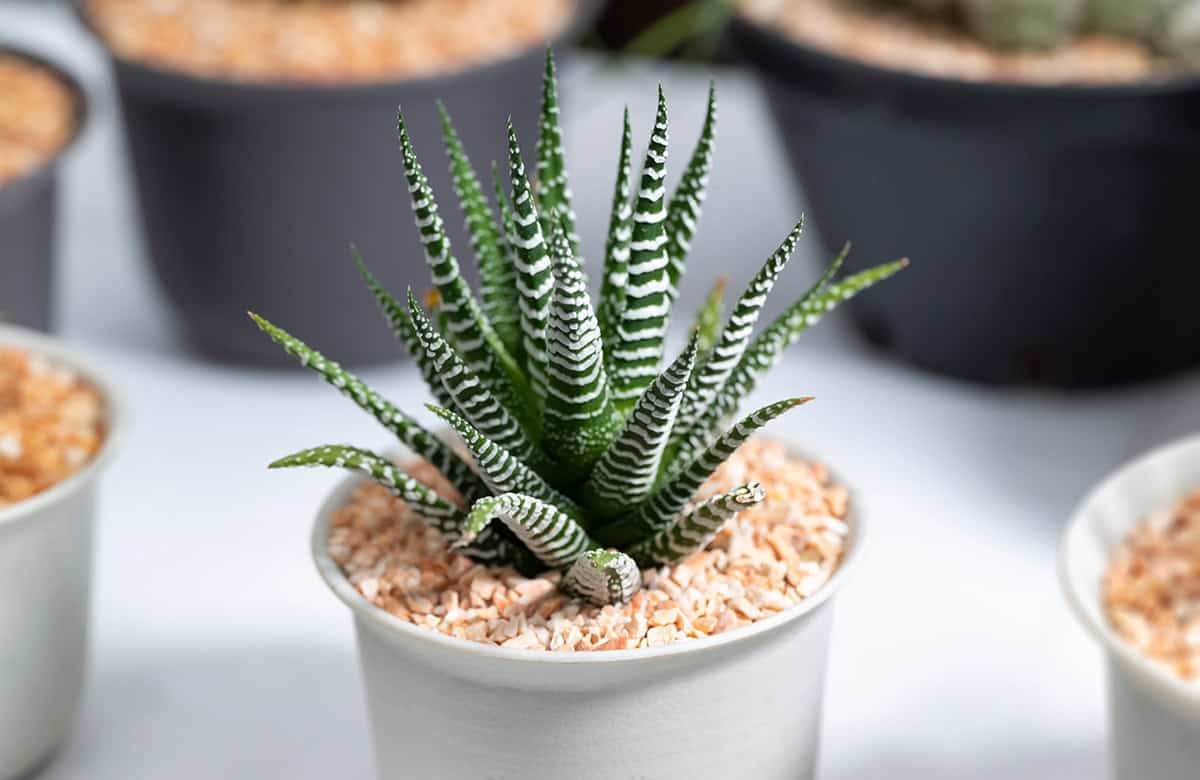
Haworthia plants perform best with bright, indirect light. Direct sunlight can cause the leaves to scorch, leading to unpleasant brown or red patches. When placed indoors, a spot near a south-facing window with filtered light works well.
These succulents can adapt to lower light conditions. They maintain healthy growth but may lose some vibrant color. Bright, indirect light helps ensure the best leaf coloration and overall plant health.
For outdoor Haworthia, select a location with filtered sunlight or partial shade. Too much direct sunlight, especially in the hottest part of the day, can damage the plant. Shade cloth or positioning it under a larger plant can provide the necessary protection.
Using artificial grow lights can benefit indoor Haworthias, especially in months with shorter daylight hours. Ensure the lights mimic the daylight spectrum and are placed at an appropriate distance to avoid burning the leaves. LED grow lights are a popular choice due to their efficiency and low heat output.
Adjusting the lighting conditions can be crucial when the seasons change. Gradually transition your Haworthias between different light levels to prevent shock. Monitor the plants closely to ensure they remain healthy and vibrant under their new lighting conditions.
Soil
Haworthia plants grow well in well-draining soil. It’s important to use soil that does not retain too much moisture. Excessive moisture can cause root rot.
You can buy a commercial cactus or succulent mix. These mixes are designed to drain quickly.
For a DIY option, mix equal parts of potting soil, coarse sand, and perlite. This blend ensures good drainage and aeration.
Avoid using heavy soils. These retain water and can harm your Haworthia.
Tip: If repotting, use a pot with drainage holes. These prevent water from sitting at the bottom and damaging the roots.
Watering
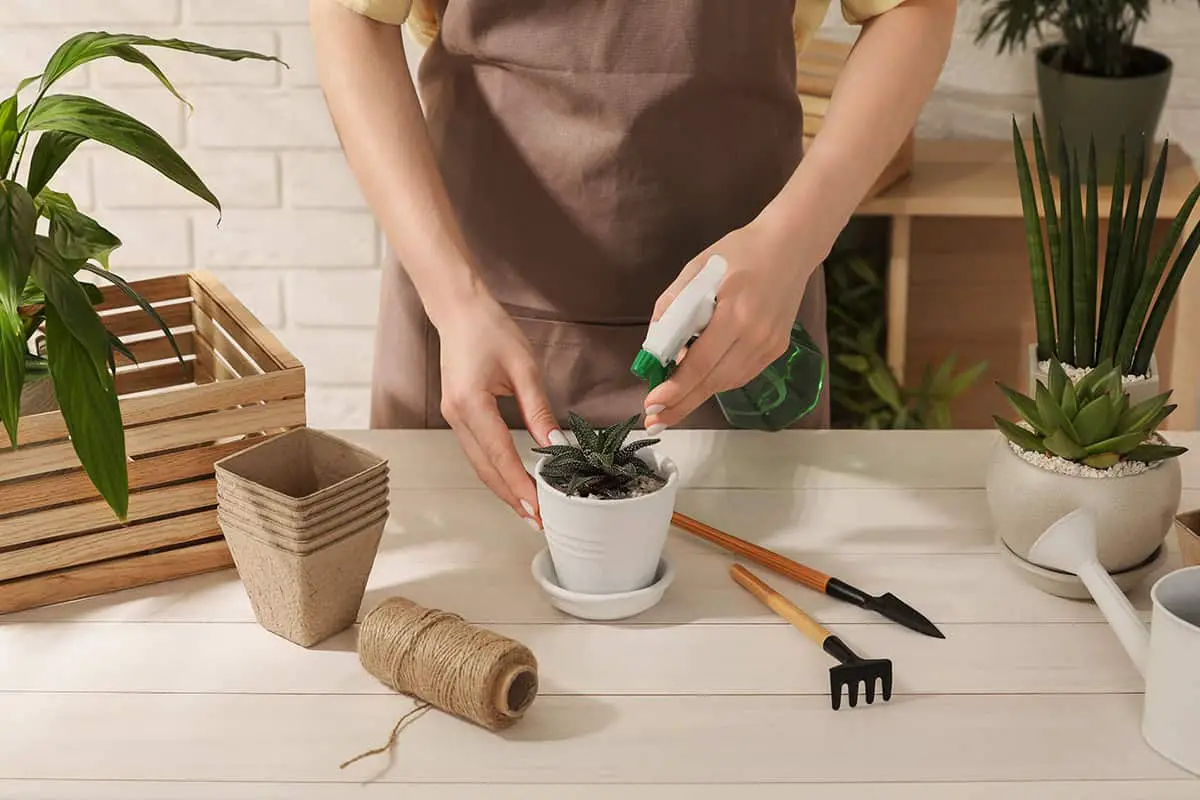
As succulents, they store water in their leaves and can tolerate dry conditions. Water deeply but infrequently. Let the soil dry out completely between waterings. Over-watering can lead to root rot.
During the growing season, typically spring and summer, you should water every 2-3 weeks. In the dormant winter months, reduce watering to once a month.
Use well-draining soil to avoid waterlogging. Haworthia plants prefer a mixture of cactus soil and perlite. This helps excess water drain quickly.
Always use pots with drainage holes. Water should flow freely out of the bottom, preventing stagnant water around roots. Empty the saucer after watering.
It’s best to water Haworthias in the morning. This allows excess moisture to evaporate in daylight, reducing the risk of fungal infections.
Water the base of the plant, not the leaves. Moisture on leaves can lead to leaf rot. Use a watering can with a narrow spout for accuracy.
For tap water, let it sit overnight. This helps dissipate chlorine, which can harm Haworthia. Rainwater or distilled water is ideal.
Remember, Haworthia can tolerate underwatering better than overwatering. It’s safer to err on the side of too dry rather than too wet. Monitor the soil moisture before each watering session.
Temperature and Humidity
Haworthia plants thrive in temperatures ranging between 70°F and 95°F. They mimic the warm conditions of their native habitat. Avoid exposing them to temperatures below 50°F, as this can damage the plants.
It’s important to keep Haworthia in a stable indoor environment. Fluctuations in temperature can stress the plant. Place them away from drafts or heating vents to maintain consistent temperatures.
Humidity is not a major requirement for Haworthia. These succulents do not need additional humidity beyond the typical indoor levels. This makes them ideal for indoor growing without the need for humidifiers.
For optimal growth, ensure the plants receive bright, indirect light. An east or west-facing window works well. A few hours of direct sunlight can also benefit the plant.
In summary, maintain warm temperatures, avoid cold drafts, and provide stable indoor humidity. With these conditions, your Haworthia will thrive and grow well indoors. For more details on their care, visit Penn State Extension’s guide.
Avoid overwatering. Allow the soil to dry out between watering sessions. This mimics their natural arid environment. Use well-draining soil to prevent waterlogging, which can harm the roots.
Fertilizer
Haworthia plants are hardy but benefit from regular feeding.
Use a balanced liquid fertilizer diluted to half-strength. Apply once every two to four weeks during the growing season, which is typically spring and summer.
Avoid fertilizing in fall and winter when the plant is dormant.
Ensure fertilizer contains essential nutrients like nitrogen, phosphorus, and potassium.
Haworthia plants prefer slightly acidic to neutral soil.
Over-fertilizing can harm your Haworthia. Always follow the recommended dosage on the fertilizer package.
Organic fertilizers can be beneficial. They release nutrients slowly and improve soil health.
Always water the plants before applying fertilizer. This helps prevent root burn.
Propagation
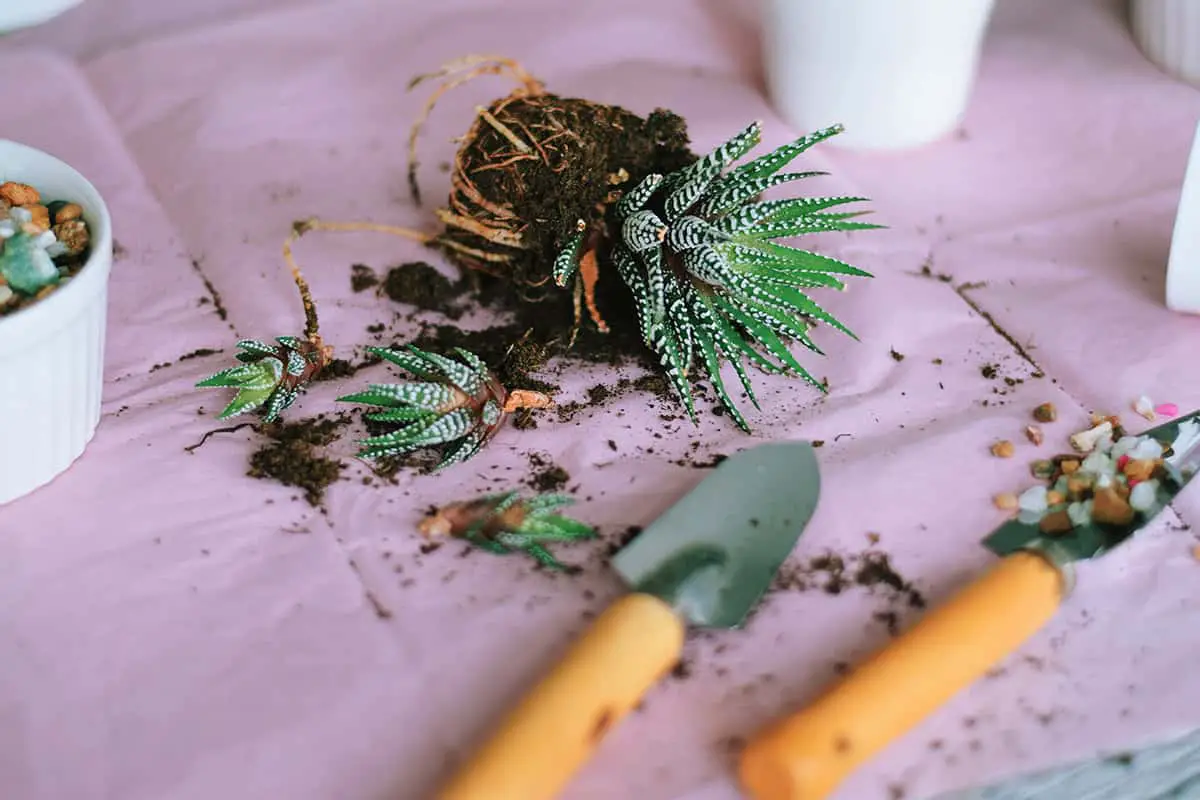
Propagation is a key aspect of growing Haworthia plants. The most common method is vegetative propagation.
Many Haworthia species produce offsets, also known as “pups,” at their base. You can separate these pups from the parent plant when they develop roots. Gently pull or cut the pups from the plant.
For successful propagation, place the separated pups in a well-draining soil mix. Allow the soil to dry out between waterings to prevent rot. This encourages the pups to grow their own roots.
Propagation steps:
- Identify the pups at the base of your Haworthia.
- Gently separate them from the parent plant.
- Place the pups in individual pots with well-draining soil.
Another method is leaf cuttings. Select a healthy leaf and allow it to callus over for a few days. Plant the callused leaf in soil and water sparingly until roots form.
For extensive root development, avoid overwatering. Monitor for common pests like mealybugs that can affect newly propagated plants. Always use sterilized tools to prevent infections.
Pruning
Pruning Haworthia plants is not usually necessary. These succulents grow slowly and maintain a compact shape. If you see dead or damaged leaves, remove them to keep the plant healthy.
Use clean, sharp scissors or pruning shears to cut off unwanted leaves. Cut as close to the base as possible. This helps prevent infection.
If your Haworthia becomes too crowded, thin out the rosettes. Remove some offshoots or “pups” from the main plant. This also encourages better air circulation.
Always prune during the growing season. Early spring or summer is ideal. Avoid pruning in the fall or winter when the plant is dormant.
Ensure a clean cut to avoid tearing the plant tissue. This reduces the risk of fungal infections and other diseases. Clean your tools before and after use.
Pruning is simple but effective for maintaining the aesthetic and health of your Haworthia.
Potting and Repotting
When potting Haworthia plants, choose a pot with drainage holes. Use a well-draining soil mix, such as cactus or succulent potting mix. This prevents waterlogging and root rot.
Place a shard over the drainage hole. Fill the pot with enough soil to raise the root ball to about an inch below the rim.
Repotting Haworthia is important but not frequent. These plants can stay in the same pot for several years. You should repot every 2-3 years to refresh the soil and provide nutrients.
Repot during the growing season, typically in spring or early summer. Carefully unpot the plant and inspect the roots. Remove any dead roots and check for pests like mealybugs.
After repotting, use slightly damp potting soil. Do not water immediately. Allow 7-10 days for the roots to heal before the next watering. This reduces the risk of root rot.
Common Problems & Troubleshooting
Haworthia plants are generally hardy and easy to care for, but they do encounter some issues. Common problems include root rot, pests, and improper lighting. Below, you’ll find specific tips for handling these issues.
Haworthia Varieties to Choose
Choosing the right Haworthia variety can influence how you handle common problems. Some varieties are more susceptible to root rot, while others need different light conditions. Understanding your plant’s specific needs helps in preventative care and troubleshooting.
Haworthia Attenuata (Zebra Plant)
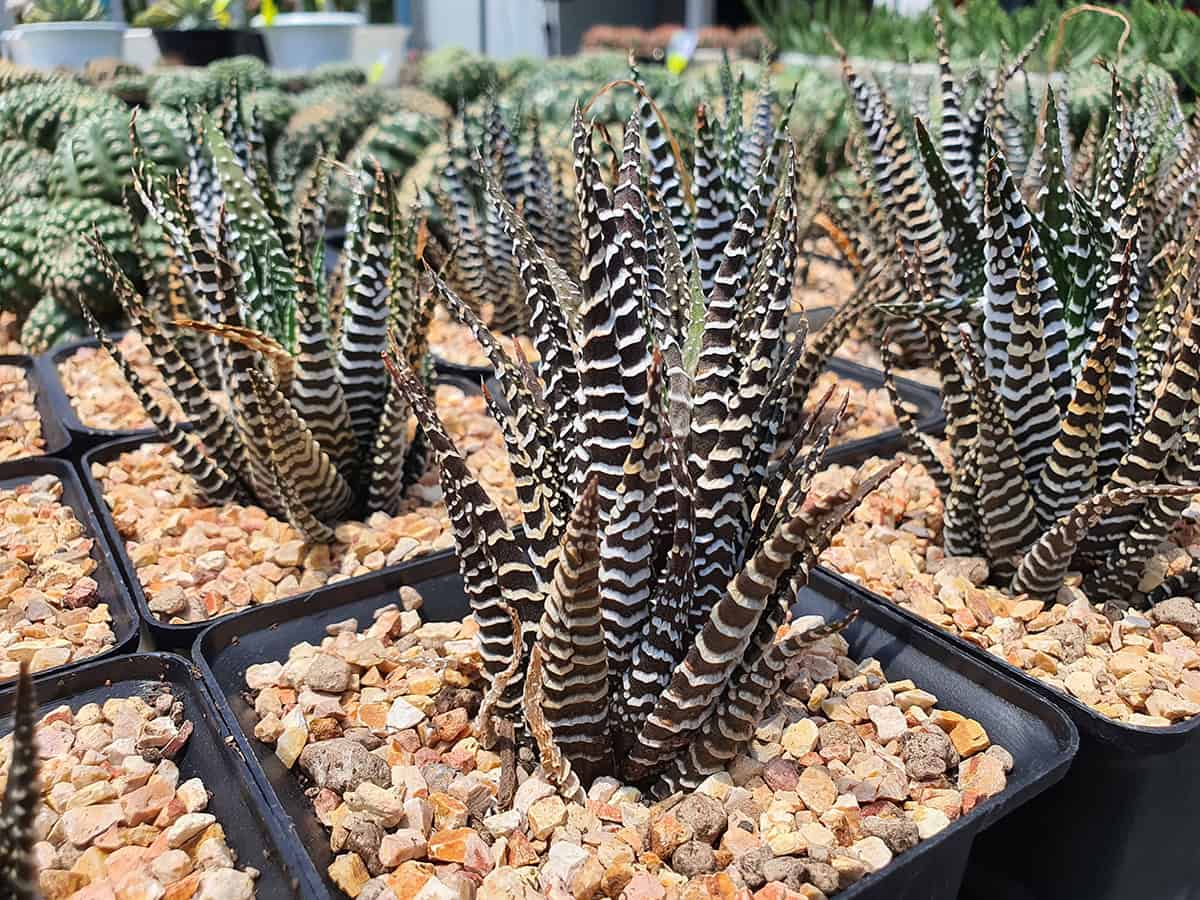
Haworthia attenuata, also known as the Zebra Plant, is known for its striking white tubercles. This variety is prone to root rot if the soil retains too much moisture. Regularly check for signs of soft, mushy leaves. Ensure well-draining soil is used, and avoid overwatering. You should also watch out for mealybugs that may gather at leaf bases. These pests can be removed with a cotton swab dipped in alcohol.
Haworthia Fasciata
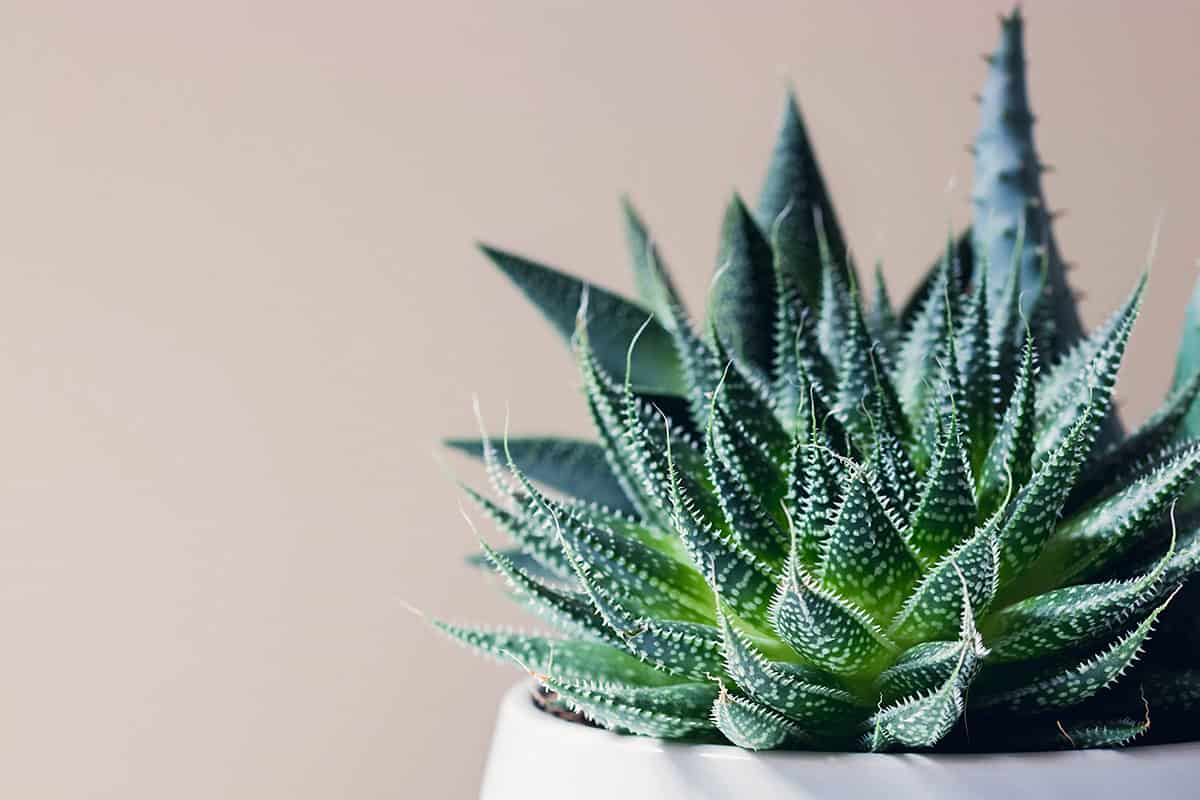
Haworthia fasciata requires similar care to Zebra Plant. Its thick, white-banded leaves can suffer from root rot if overwatered. If you notice leaves turning brown and shriveling, it might signify a weakened root system. Assess the moisture level and drainage of your potting mix. Scale insects and aphids may also attack. Regular inspections can prevent infestations.
Haworthia Cooperi
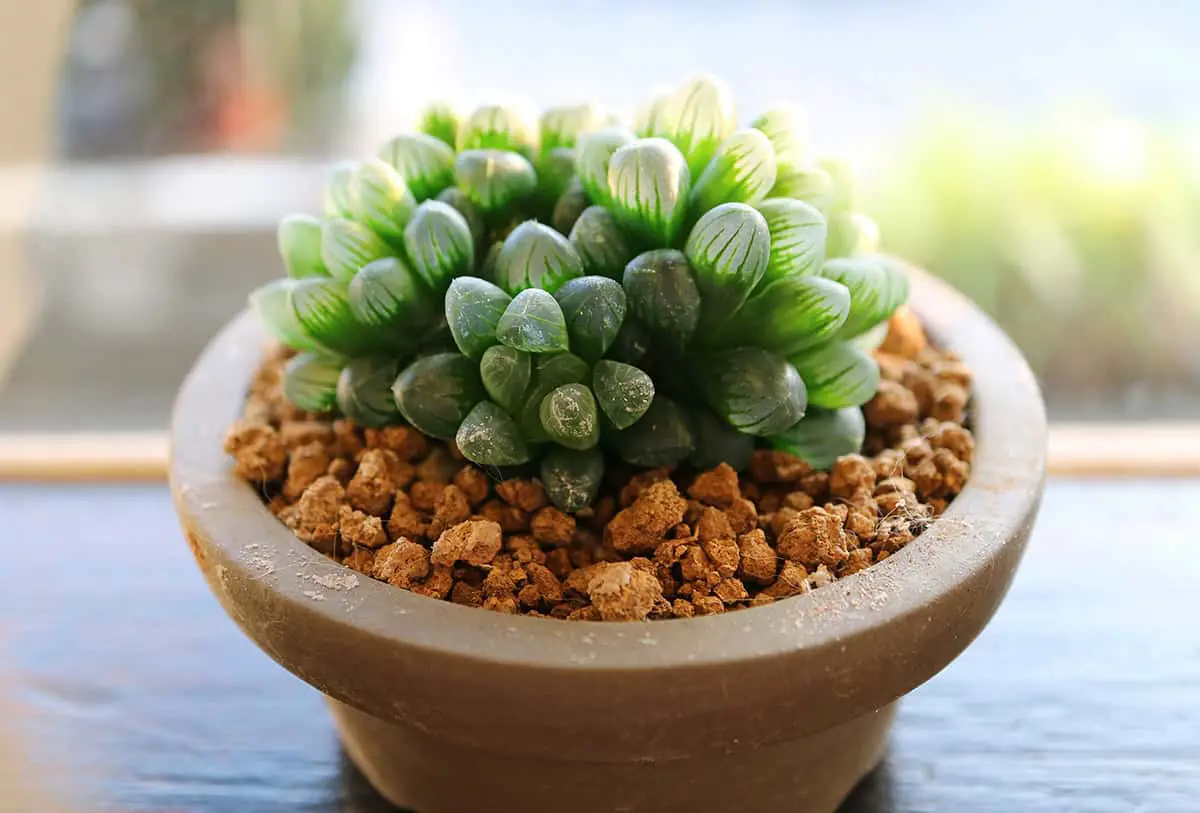
Haworthia cooperi has translucent, bulbous leaves. It needs bright, indirect light, which makes it less tolerant of low light conditions compared to other varieties. Yellowing leaves indicate too much sunlight, whereas elongated growth points to insufficient light. Adjust the plant’s position to balance sunlight exposure. Excessive watering can also lead to root rot and pests like spider mites.
Haworthia Limifolia (Fairies Washboard)
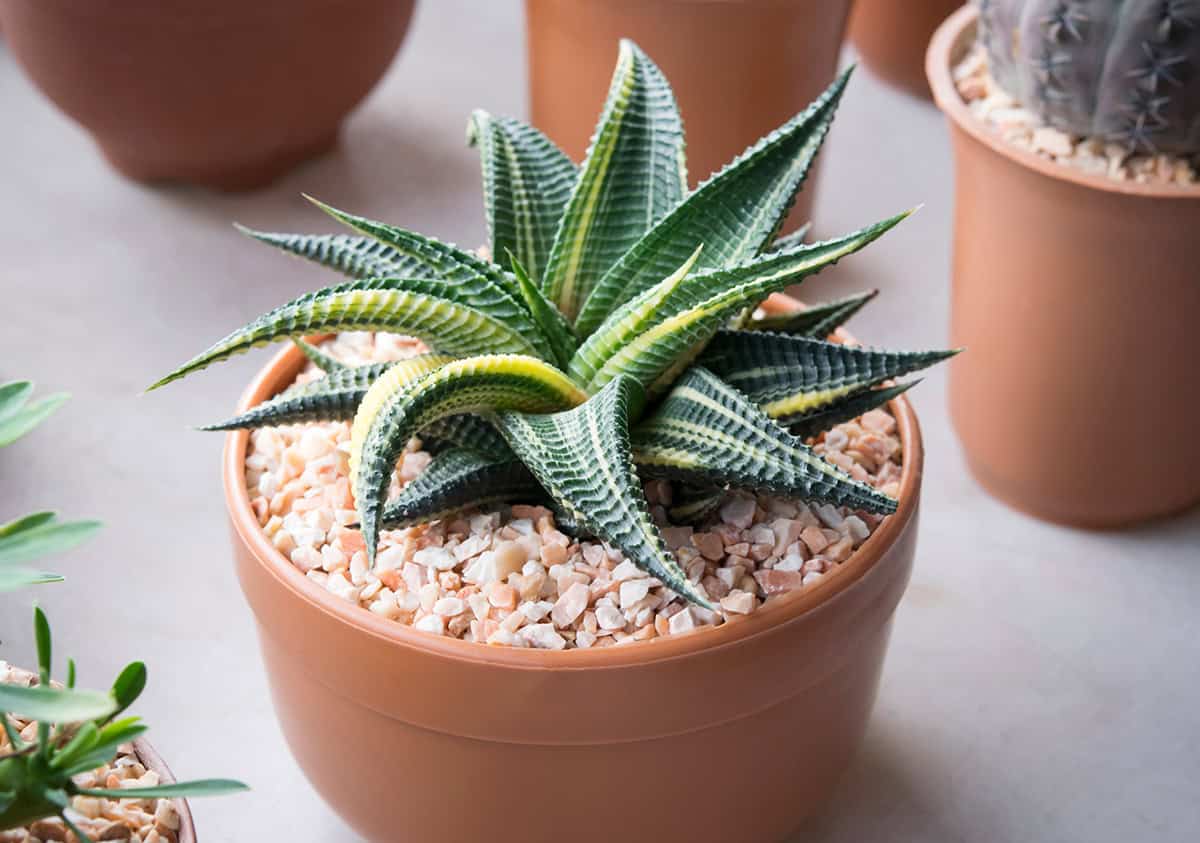
Haworthia limifolia is distinguished by its textured leaves. It’s relatively low-maintenance but can still fall victim to root rot in poorly draining soil. Inspect soil before watering. Wilting or drooping leaves could mean water is insufficient or draining poorly. This variety is also susceptible to fungal diseases. Ensuring good airflow around the plant can mitigate these issues.
Haworthia Truncata (Horse’s Teeth)
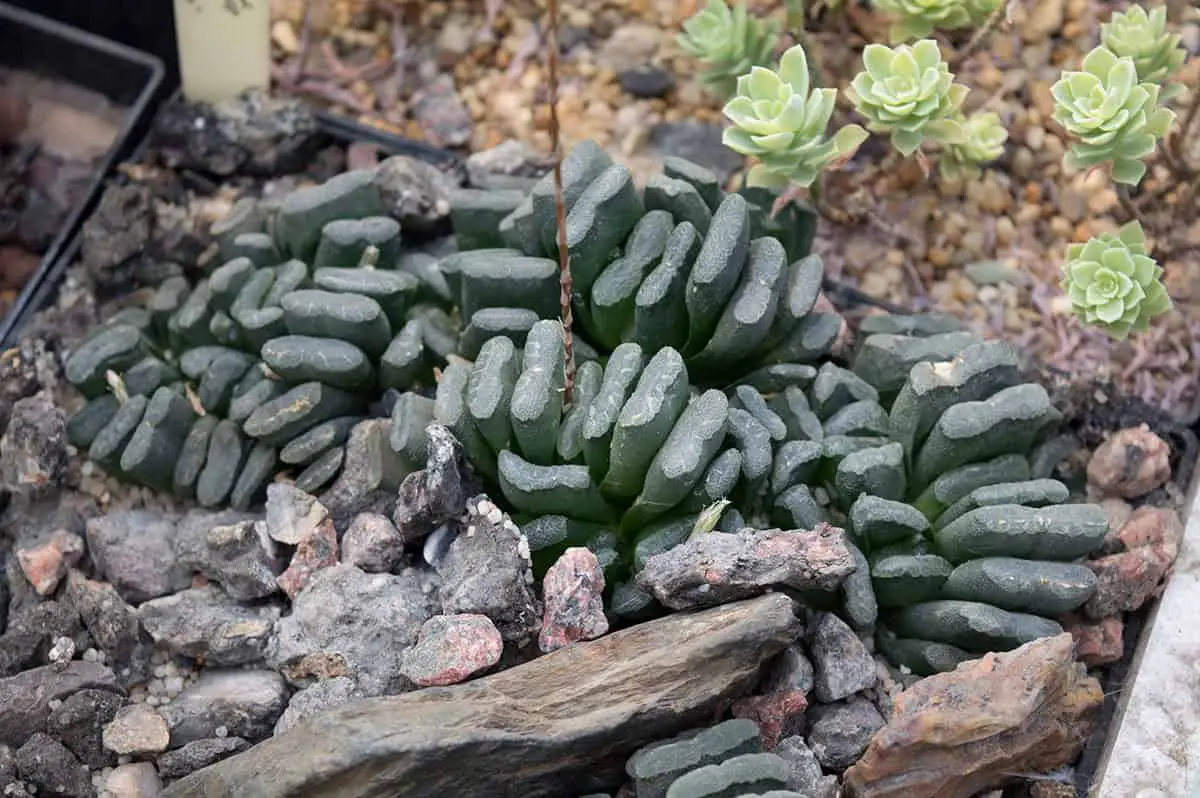
Haworthia truncata is unique with its square-edged leaves. This variety is prone to rot if kept in overly moist conditions. To avoid this, use a gritty, well-draining soil mix. Spider mites and aphids can be problematic, especially if the plant is stressed. Regular monitoring and maintaining proper indoor humidity can help.
Haworthia Reinwardtii
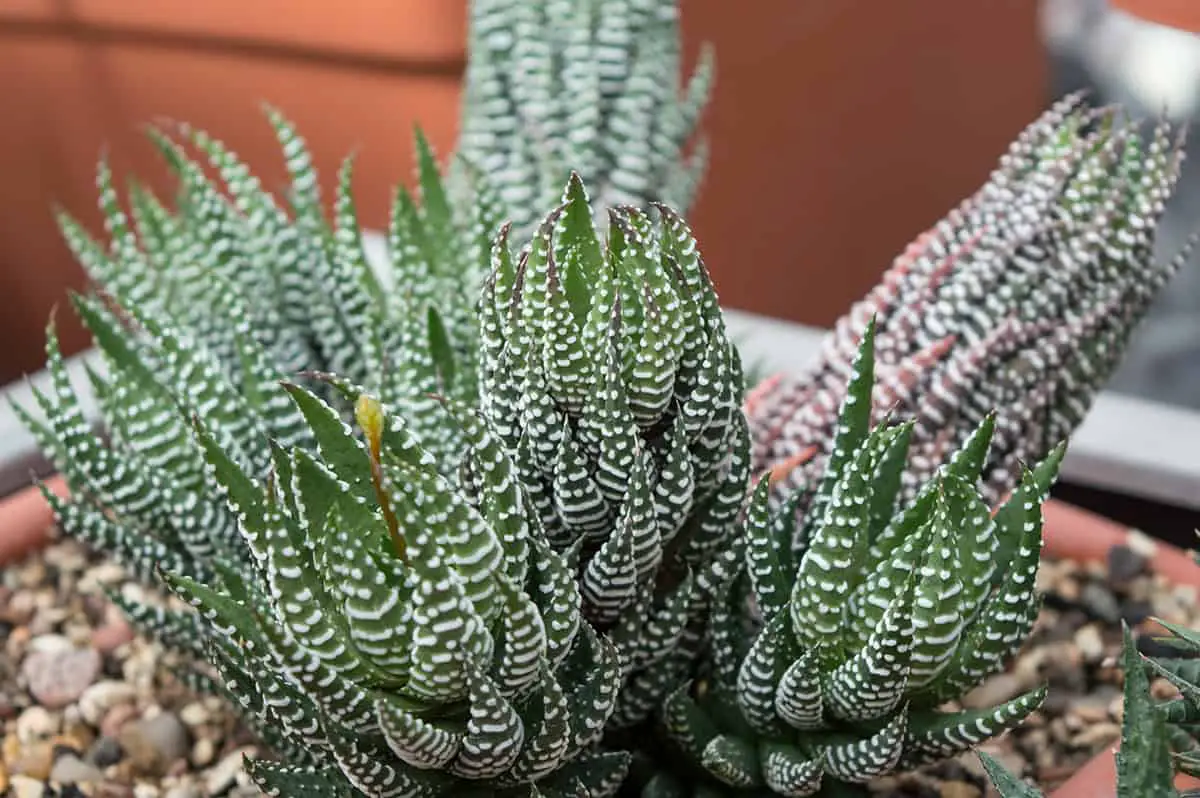
Haworthia reinwardtii features pointed stacked leaves. Overwatering is a common issue, leading to root and stem rot. Like other Haworthias, ensure a cactus soil mix is used to aid drainage. Watch for shriveled leaves as a sign of water stress. Pests such as mealybugs may target this variety. Quick removal of any pests can prevent larger infestations. Regularly rotating the plant also ensures even light distribution, preventing etiolation.

